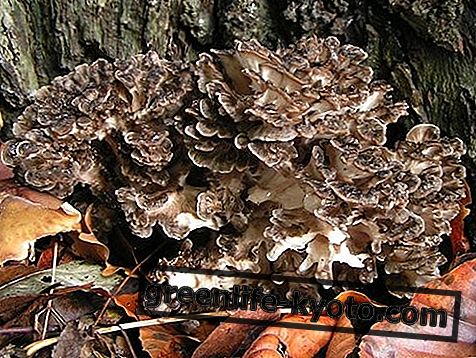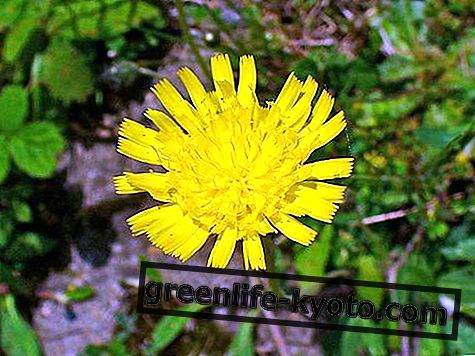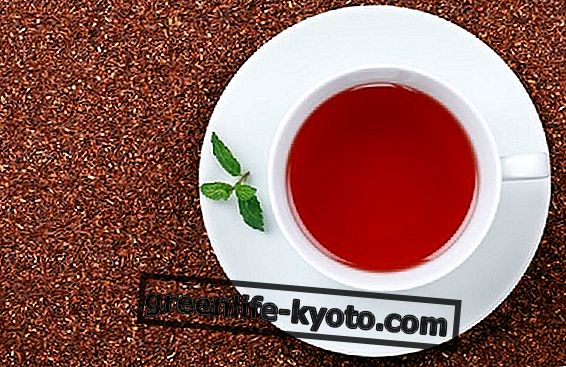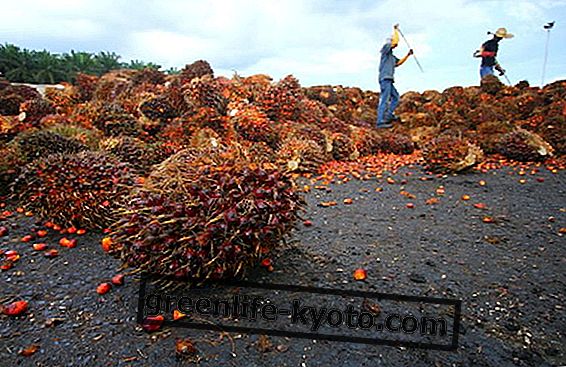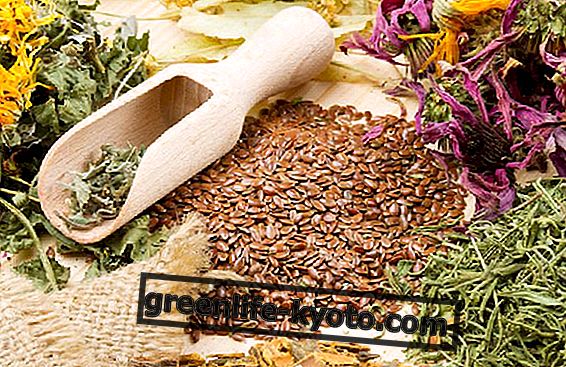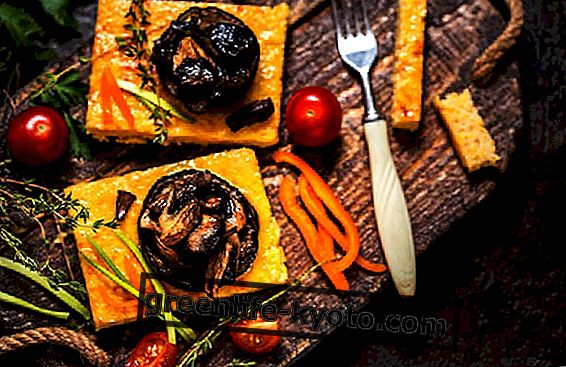Below is a list of the seasonal vegetables available in March . Select the vegetables to learn about the properties.
Garlic
Garlic is a bulbous plant of the Liliaceae family, widely used in cooking. With its anthelmintic, antimucolithic, expectorant and digestive properties, this vegetable is also very well known and used as a natural antibiotic, useful in the prevention of flu, skin diseases and colds.
Asparagus
Asparagus ( Asparagus officinalis ) belongs to the Liliaceae family. They are diuretic vegetables, useful against water retention, low in calories but with a high satiety index. Asparagus contains saponins, polyphosphatols and a good proportion of minerals, in particular potassium, thanks to which they are excellent allies of the heart and muscles in general.
Chard
The chard ( Beta vulgaris cicla ), is a vegetable rich in mineral salts, folic acid and vitamins, very useful for the growth of the organism. From the known refreshing and diuretic properties, the beet is useful in case of cystitis and kidney diseases, against constipation and as a prevention in the development of tumor diseases.
Artichoke
Artichokes are vegetables with innumerable properties. Rich in potassium, iron, cynarine and fiber, they are useful against constipation and cholesterol, suitable for diabetics and have a positive effect on the liver and the cardiovascular system.
Carrot
Carrots are vegetables widely used in cooking, especially in infant feeding, because they contribute to the absorption of liquids in the intestine and protect the cardiovascular system. The presence of flavonoids and carotenes, makes carrots valuable food for the production of vitamin A and to maintain healthy eyes.
Cabbage
Cabbage ( Brassica oleracea L. ) has a powerful anti-inflammatory action, which is very useful in case of cystitis and gastric ulcers. Allies of the immune system, thanks also to the remarkable content of vitamin C, fiber, potassium and folic acid, are useful in case of anemia and abscesses.
Chickpeas
Chickpeas ( Cicer arietinum ) are legumes rich in mineral salts, especially magnesium, calcium and phosphorus, which are valid allies of heart health and of the cardio vascular system. In fact they are useful for controlling blood pressure, but also for cholesterol levels in the blood. Rich in omega 3 fatty acids, chickpeas are suitable for those suffering from celiac disease.
Onion
The onion, thanks to its antibiotic properties, is a prtaggio able to normalize the intestinal flora and slow down the putrefactive processes that release toxic substances related to colon and rectum cancer. Allied with the kidneys and the cardiovascular system, the onion stimulates digestion and metabolism.
Chives
Chives are a vegetable rich in vitamin C (100 g are enough to satisfy the daily requirement) potassium and phosphorus. Considered a valid alleat of the heart, it has cardiotonic and stimulating properties of blood circulation. Furthermore, chives are useful for stimulating the appetite and producing gastric juices.
beans
Beans are legumes rich in lecithin, a substance that prevents the accumulation of fat in the blood and helps control the level of cholesterol. Much used in cooking, beans are a good source of fiber, mineral salts and vitamin A.
Fennel
Fennel is a plant of the Umbelliferae family that has a purifying and anti-inflammatory action. Thanks to the presence of anethole, fennel is able to act on painful abdominal contractions and avoid the formation of intestinal gases.
Lettuce
Lettuce ( Lactuca sativa ) belongs to the Composite family and has the ability to rehydrate the human body . Useful for the digestive system, from the base of the lettuce, a whitish latex is extracted that has modest sedative properties.
Lentil
Lentils are legumes rich in protein and carbohydrates, with a high nutritional value. Thanks to the content of vitamins and mineral salts, lentils are a real cure in case of constipation and against atherosclerosis.
Potato
Potatoes are tubers rich in potassium and vitamins useful in case of diabetes and against free radicals. As a food, potatoes are very energetic and can counteract inflammation of the digestive system. However, they are also used in natural cosmetics, in particular against sunburn and to moisturize the skin.
peas
Peas are very digestible legumes that contain phosphorus and phytoestrogens. Used to alleviate the symptoms of menopause, peas are also useful for constipation and in cases of colitis or meteorism.
Leek
The leek plant of the Liliaceae family is a detoxifying and moisturizing food. Useful for the cardiovascular and circulatory system, it is able to help in the regulation of colsterol levels in the blood, helping to destroy LDL cholesterol ("bad cholesterol").
Radicchio
Radicchio, a plant of the Composite family. it is useful for those suffering from stupidity and for those suffering from type 2 diabetes. Rich in mineral salts and vitamins, radicchio is suitable for low-calorie diets, thanks also to its purifying action.
Shallot
The shallot from the Cucurbitaceae family. digestive, diuretic and purifying, it is rich in mineral salts. Shallot also contains vitamin C, B and A and is useful for the health of nails and hair
Celery
Celery ( Apium graveolens ) is a useful vegetable for brain health and can be used against rheumatism. Rich in minerals and vitamins (C, K, B and E), celery has a diuretic and purifying action.
spinach
Spinach ( Spinacia oleracea ), effective vegetables against constipation, contain vitamin A, eolic acid and nitrates. Useful for strengthening muscles, they also contribute to the well-being of the retina and eyes.
Jerusalem artichokes
Jerusalem artichoke is a low-calorie food, rich in water and fruit-oligosaccharides such as inulin. The Jerusalem artichoke also has an immunostimulant action, because it favors the development of useful bacteria for the organism.
You might also like:
> March fruits and vegetables
> Winter vegetables

